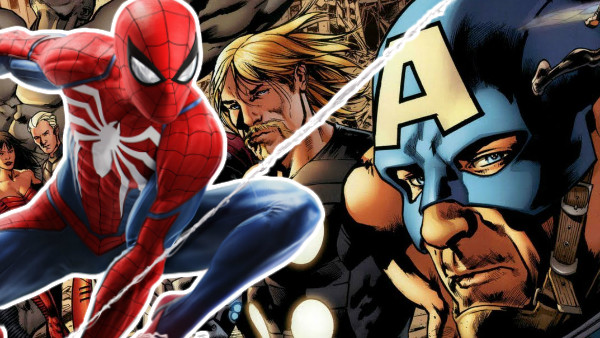How Spider-Man PS4 Recreates One Of Marvel's Greatest Experiments
Reimagining a mythos isn't as easy as it looks.

Spider-Man PS4 (or Marvel's Spider-Man, to use its official, albeit equally uninspired name), has proven to be a veritable triumph of the gaming medium. Its story, gameplay and look are all equally immaculate, but one thing worth focusing on in particular is its reimagining of Spider-Man's lore, something creators have found themselves doing for decades now.
Adapting the modern myths of Marvel and DC to different mediums big and small has yielded mixed results, and none, truly, know this better than Marvel's wall-crawler. TV shows, films and of course games have all featured everyone's favourite web-slinger, and all have had to readapt the mythos pioneered by Stan Lee, Steve Ditko, Jack Kirby and John Romita - plus countless others - to fit changing moods and times; even the comics themselves have done this before.
There's no one way to adapt a comic, but taking into account as many different interpretations as possible is a surefire way of making sure it retains a broad appeal. That's the approach Insomniac have taken this time around, much the same way Marvel Studios did with 2008's Iron Man, but the success of their reimagining has more in common with a comic book experiment than with Disney's cinematic one.
The Ultimate Universe, created at the turn of the century to galvanise Marvel's declining brand, was that very experiment. But while the lasting image of that mythos today might be Mark Millar's Ultimates, it was Brian Bendis' Ultimate Spider-Man that set it all in motion, and the one whose influence can best be felt today, in cinema, TV, comics, and in Insomniac's revolutionary superhero title.